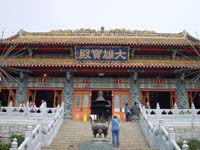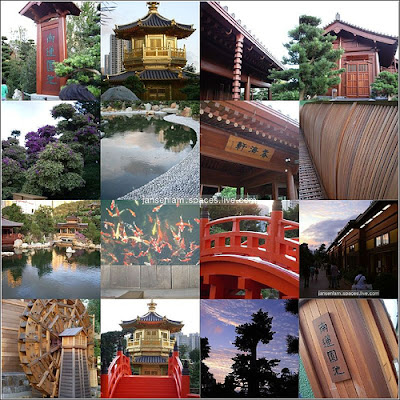Hello everyone! Today, let me introduce one of the best architecture to you -Hong Kong International Airport (HKIA).
It is located less than five flying hours from half of the world's population. HKIA is the third busiest international passenger airport and operate the busiest international cargo facility in the world.
In 2009, 46.2 million passengers used the airport, and some 3.35 million tonnes of air cargo passed through Hong Kong. With over 800 aircraft movements every day and around 95 airlines operating from HKIA, the airport links Hong Kong with more than 155 destinations around the world, including some 40 cities on the Chinese Mainland.
Since HKIA commenced operations in July 1998, they have made every effort to provide passengers with customer-focused facilities and services. This commitment has earned them the recognition as the world's best airport about 30 times.
With the opening of Terminal 2 in June 2007, HKIA is now a two-terminal and two-runway facility contributing to the economic growth for Hong Kong and the Pearl River Delta (PRD) region. Today, the 60,000-strong airport community serves as the key contributor to Hong Kong's position as a leading international and regional aviation centre.
Morever, HKIA is a gateway of China. To serve growing demand, they will continue to strengthen their integrated, multi-modal transport network with the Mainland, especially the PRD.
Every day, cross-boundary coaches carry passengers on about 460 round trips linking HKIA with 115 PRD cities and towns. Passengers looking for point-to-point transport services can use the cross-boundary limousine to get to your PRD destinations directly.
The SkyPier cross-boundary ferry service connects passengers between the PRD and international destinations via HKIA, in comfort and without going through immigration and customs formalities in Hong Kong.
Eight ports – Shekou and Fuyong in Shenzhen , Guangzhou Nansha, Dongguan Humen, Zhongshan, Zhuhai Jiuzhou as well as Macao's Maritime Ferry Terminal and Taipa – currently offer these speedy cross-boundary arrangements. Passengers can even pre-check their baggage and obtain their boarding pass at Shekou, Macao's Maritime Ferry Terminal, Fuyong and Dongguan Humen.








































 The hat that Hakka people wear
The hat that Hakka people wear


